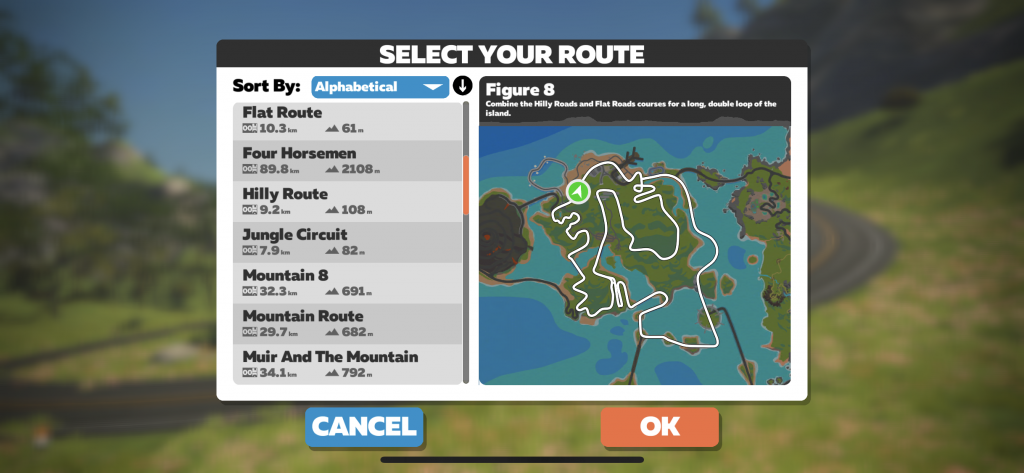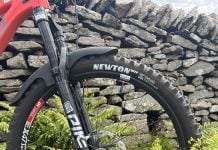Everyone is trapped indoors, with government guidelines to stay close to home and minimise outdoor activity, it’s no surprise people are riding longer and longer on indoor platforms like Zwift. More people are calling for people to ride indoors to keep the risk low and minimise strain on the NHS. We’ve outlined a few top tips for fuelling if you’re staying indoors for your long ride.

When you’ve signed up for your first big event, and you’re beginning to get the training in it’s easy to overlook nutrition. Preparing your bike & gear can be at the forefront of the mind, and nutrition takes a back seat. Though you won’t be worrying what wheels you picked if your body runs out of fuel 90 minutes from home or if your legs are cramping.
— ZWIFT TOP TIPS – GET THE MOST OUT OF THE VIRTUAL WORLD —
Where to start:
Making sure you practice your fuelling strategy consistently will help your body and mind to know exactly where the fuel is coming from and give you confidence in your routine. Making sure you’re eating healthy and simple foods that aren’t going to cause the digestive system any disturbances are important. But come the morning of the event you want to make sure you stock up with some good, slow release carbs. So your long ride indoors should be fuelled in the same way.

Porridge, wholemeal toast, bagels, these foods are a sure fire way to give the body all the nutrients it needs before getting to the start line. You want to try and make sure whatever combination of breakfast foods you choose you want to try and make sure it’s low in fat. This will help your body absorb nutrients while you’re pushing the pedals on the turbo.
But why do you need to start with a big breakfast? You need to make sure that the glycogen (carbohydrate) stores are absolutely maxed out. This can also come from a big meal like pasta or a rice dish the night before as it can take up to 48 for the fuel to be converted. Breakfast should be eaten around 2 hours before you jump onto the turbo.
— TOP TIPS FOR INDOOR TRAINING —
The idea is to keep your carbohydrate stores full throughout the ride, the moment they empty, you’re in trouble. The more you eat through the ride, the less likely they are to be affected. Although don’t overdo it, you’ll give yourself stomach troubles.
The difference with indoor and outdoor riding is that indoor you don’t get the chance to freewheel. Often you spent the entire duration of the ride with tension in the chain. This can lead to slight over-gearing and knee issues in some athletes. Though from a nutrition point of view it can put your body under more stress as well as making you sweat a lot more. Making sure you’re hydrated as if it was a hot day is important when training indoors.

If you stick to drinking water throughout your long turbo, often by the end you’ll start to cramp. This is because the balance in your muscles will be offset as the water will flush out all the electrolytes. Making sure you have some electrolyte tabs in your bottle is important for you to last the whole duration of the ride.
— INDOOR TRAINING ALTERNATIVES – GET FAST WITHOUT TRAINING —
What to remember:
- Take roughly 60g of carbs per hour.
- Track what you have with you.
- Keep you carb stores loaded up.
- Ensure you take on salts/hydration.
- Be prepared for the worst.
The limit at which your body stops absorbing carbs is roughly 0.5-1g of carbohydrates per kg of bodyweight per hour. Beyond this and it will just sit uneasy in your stomach, until it can be absorbed. What source these carbs take will depend on where you’re racing and what your personal preference is.

Tracking what you’ve got with you isn’t as important indoors as you can pile it up next to the turbo. Though you’ll need to measure how much you take on board so you know if you’re over/under fuelled. Working this out will help when you get outside so you know exactly how much fuel you need/have to get you home. It’s no use realizing you’ve run out just as you’re about to start your final push for the finish.
— HOW TO STAY MOTIVATED THROUGH LOCKDOWN —
So keep a track on what you’ve got and try not to misplace any fumbling about in your pockets. Another element to keep track of is what’s in your bottle. You need to know how many carbs are in your bottle as you go through the ride, so you’re not taking on too much. Product’s like Science in Sport’s electrolyte powder are great for these scenarios.
And finally, being prepared for the worst. This can happen to anyone, a puncture in the last 20km, a broken chain, a crash. You could end up being caught in the sun a fair amount longer than you need to, and if you’re short of fuel, that last little bit will certainly feel longer than it needs to! A spare gel, bar or half a bottle could save you a lot of time and headache.
We hope you manage to fuel your long indoor ride successfully ready for the time it’s safe and responsible for us all to be back outdoors in the sun!








